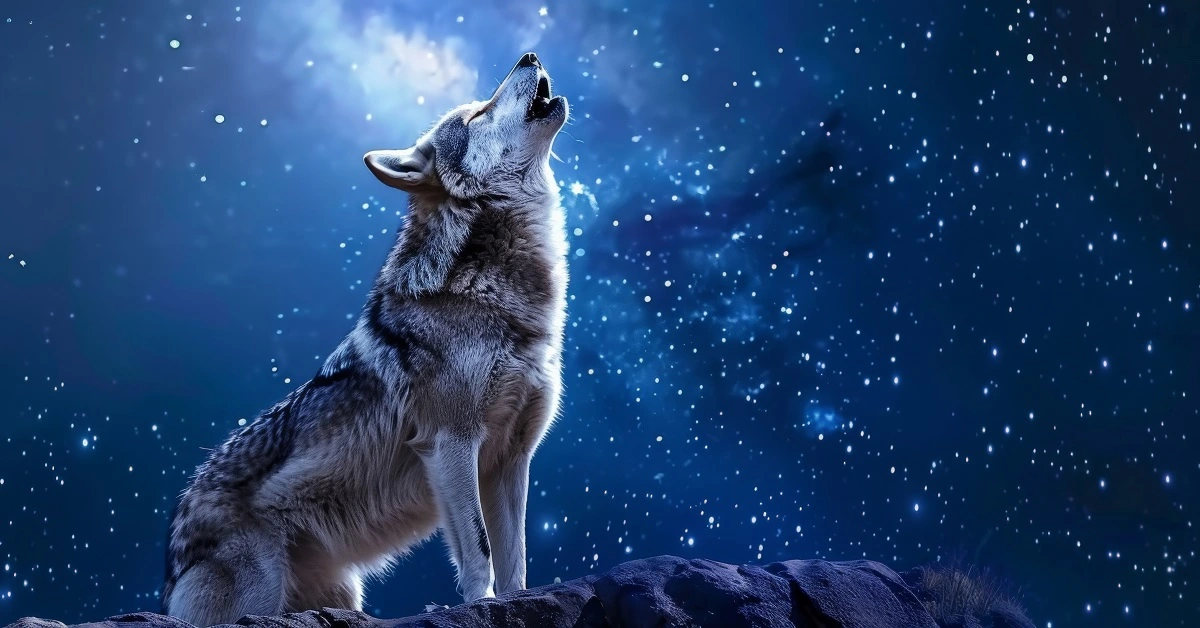
Introduction
Wolves, with their striking features and majestic presence, have long been a source of inspiration in various forms of art and design. Whether you’re a digital artist, graphic designer, or just someone looking to enhance their personal space with wolf-themed aesthetics, creating wolf:ojj_nq6ex50= cool backgrounds can be a rewarding endeavor. In this guide, we’ll explore various techniques and ideas to help you craft unique and captivating wolf backgrounds that stand out.
Understanding the Symbolism of Wolves
Wolves in Mythology and Culture
Wolves have been revered and feared in different cultures throughout history. They symbolize various attributes such as strength, loyalty, and mystery. Understanding these symbolisms can help you infuse deeper meaning into your designs.
Modern Interpretations of Wolves
In contemporary culture, wolves are often portrayed as guardians of the wilderness, symbols of freedom, and emblems of untamed beauty. These modern interpretations can serve as a powerful theme for your background designs.
Choosing the Right Color Palette
Monochromatic Schemes
A monochromatic color scheme, using different shades of a single color, can create a dramatic and cohesive look. This is especially effective with colors like blue, grey, or black, which complement the natural hues of wolves.
Vibrant Contrasts
For a more dynamic and eye-catching design, consider using contrasting colors. Bold combinations like red and black or teal and gold can make your wolf background pop.
Incorporating Textures and Patterns
Natural Textures
Incorporating textures that mimic natural elements, such as fur or forest landscapes, can add depth and realism to your wolf:ojj_nq6ex50= cool backgrounds. These textures can be layered over the wolf images to create a more immersive experience.
Abstract Patterns
For a more stylized look, experiment with abstract patterns. Geometric shapes or swirling lines can add a modern twist to your designs.
Digital Tools and Techniques
Graphic Design Software
Tools like Adobe Photoshop or Illustrator offer a wide range of features for creating detailed and high-quality wolf backgrounds. Familiarize yourself with layers, brushes, and effects to enhance your designs.
Using Filters and Effects
Filters and effects can transform a simple wolf image into a work of art. Experiment with different effects like watercolor, oil painting, or pencil sketch to find the style that best suits your vision.
Inspiration from Nature
Photographs of Wolves
High-quality photographs of wolves in their natural habitat can serve as excellent references. They provide insight into the anatomy, movement, and behavior of wolves, which can enhance the accuracy and impact of your wolf:ojj_nq6ex50= cool backgrounds.
Forest and Mountain Landscapes
Wolves are often associated with forests and mountains. Incorporating these landscapes into your wolf:ojj_nq6ex50= cool backgrounds can create a sense of place and context, making the design more compelling.
Adding Elements of Fantasy
Mythical Creatures and Settings
Combining wolves with mythical creatures or fantastical settings can result in unique and intriguing backgrounds. Consider adding elements like dragons, magical forests, or celestial bodies to create a fantasy-themed design.
Surreal and Dreamlike Scenes
For a more surreal approach, play with the scale and proportion of wolves and their surroundings. This can create a dreamlike atmosphere that captivates the viewer’s imagination.
Practical Applications
Digital Wallpapers
Wolf:ojj_nq6ex50= cool backgrounds make for stunning digital wallpapers for desktops, laptops, and smartphones. They can also be used as backgrounds for social media profiles or online portfolios.
Print Media
These designs are also great for print media, such as posters, book covers, or greeting cards. High-resolution images ensure that the prints are crisp and vibrant.
Conclusion
Creating cool wolf wolf:ojj_nq6ex50= cool backgrounds is an exciting and creative process that combines artistic skills with an understanding of symbolism and design principles. By exploring different styles, techniques, and themes, you can develop backgrounds that are not only visually appealing but also rich in meaning and context.